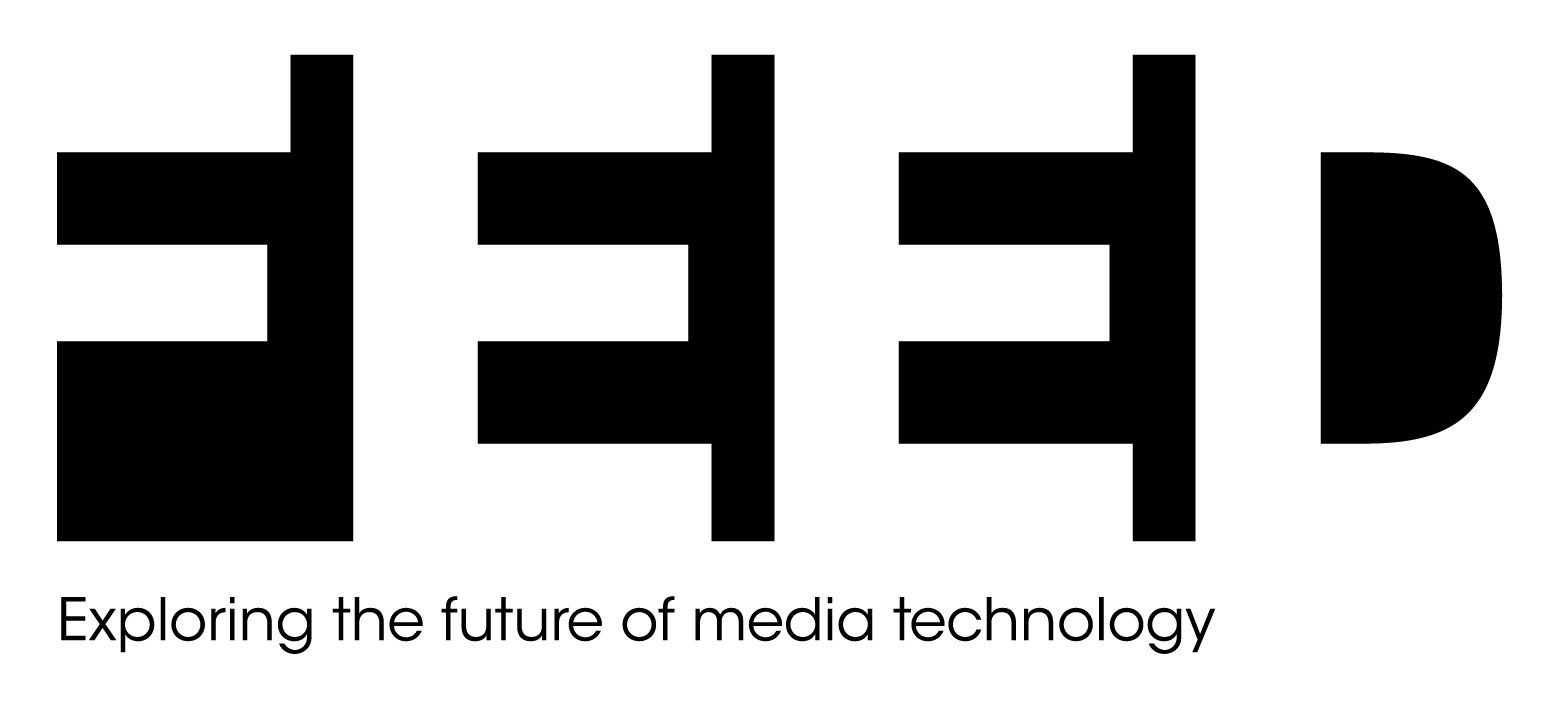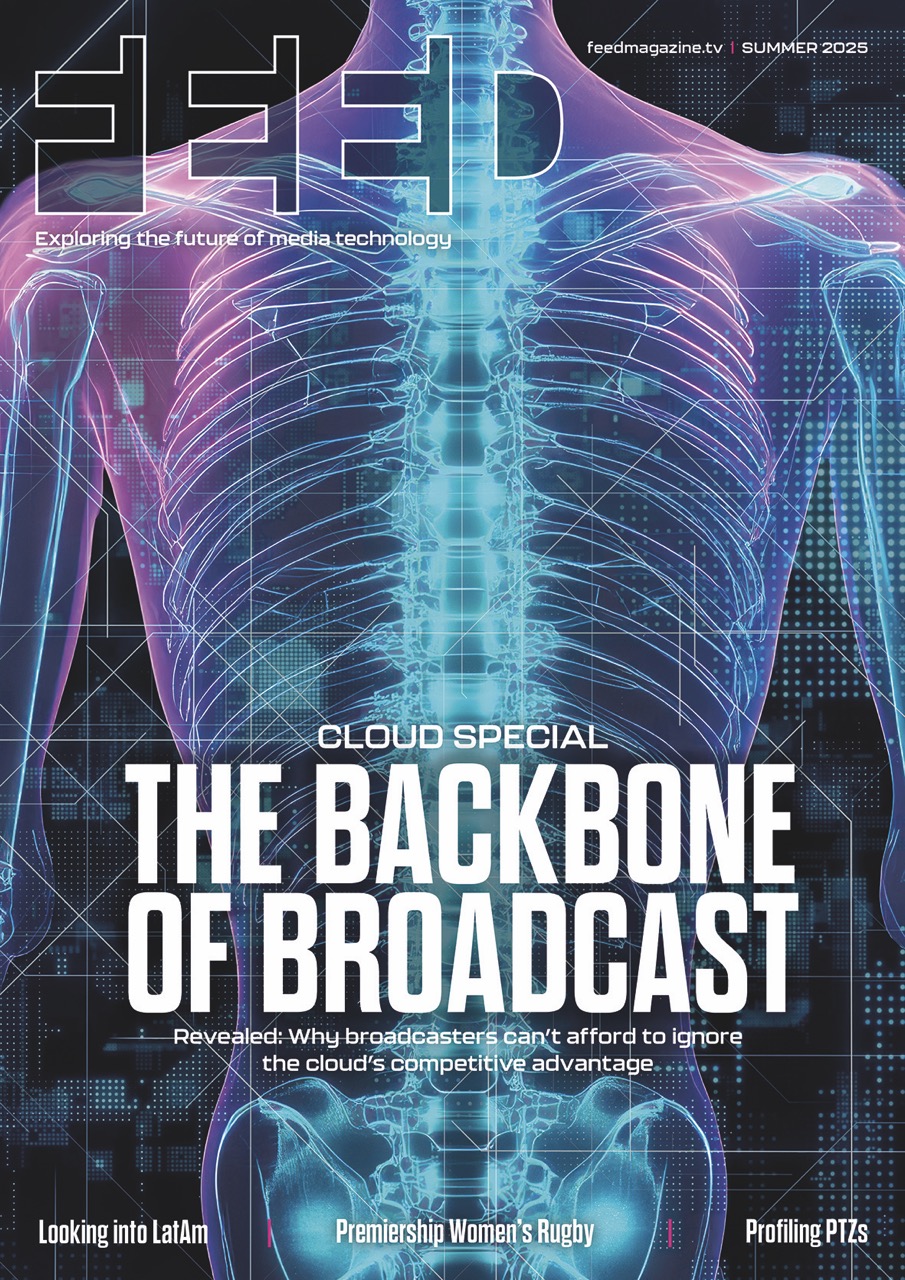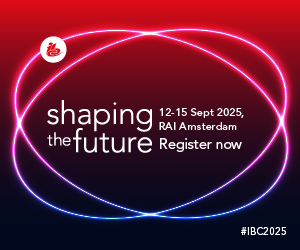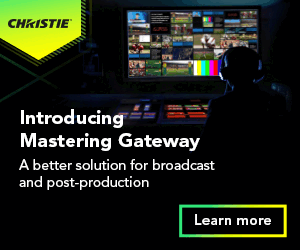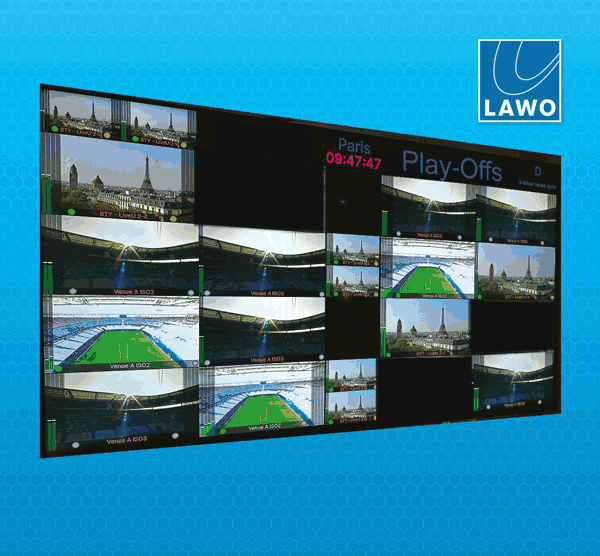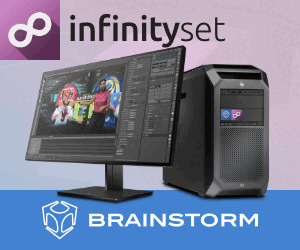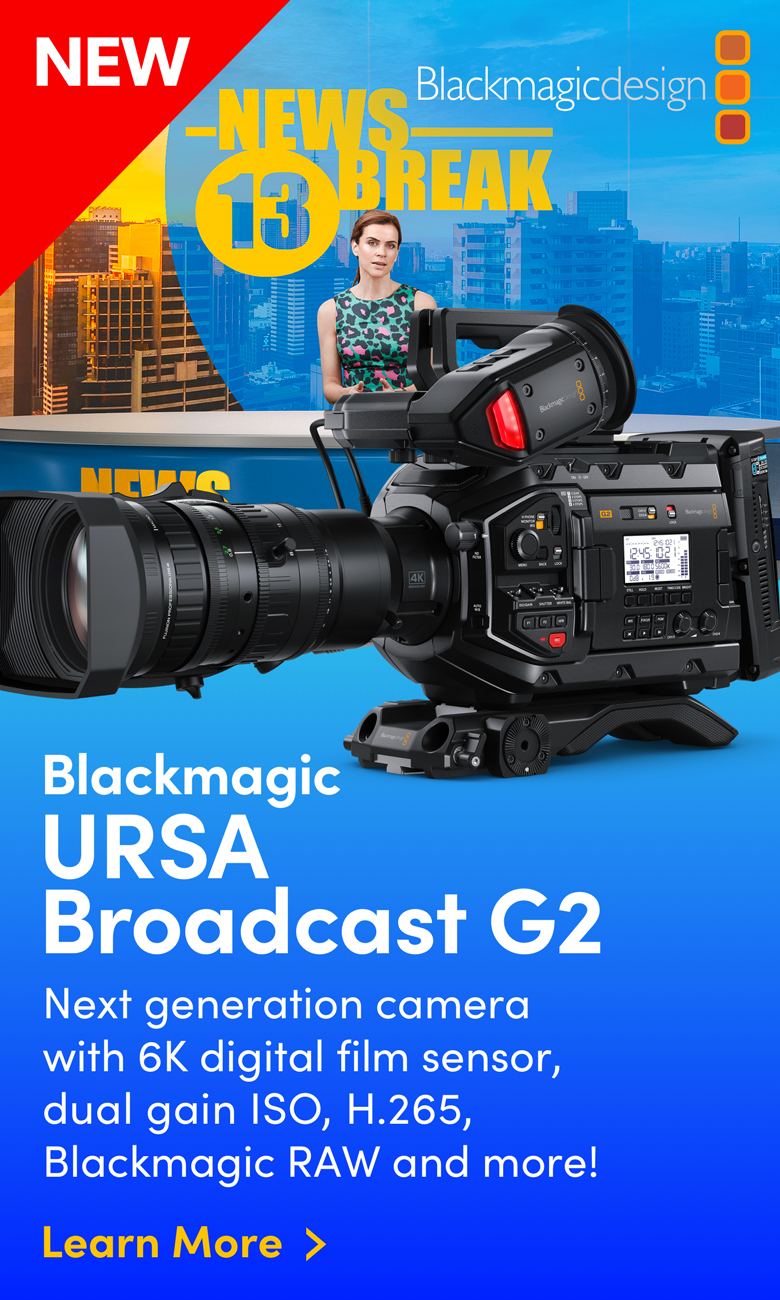Your solution for future-ready OTT platforms

Posted on Feb 21, 2025 by FEED Staff
Composable OTT is Qvest’s innovative blueprint that is redefining the way platforms are built and scaled
Sponsored editorial
Executives running pay TV, OTT or digital video services will likely have had a meeting with their lead engineer or supplier in the past five years. It usually starts with the CEO or CMO saying: “I want to have this new payment method on the service because people need to pay their subscriptions via PayPal. Also, we need to improve search functionality. These should be straightforward tweaks, right?” Wrong.
Chief engineer or supplier: “Sure, we can do that, no problem. We can have that up and running next year and it will cost 500,000 euros.”
Some executives might be even more surprised to learn that their ‘simple’ change request will eventually take twice the time and cost even more money.
Anecdotal though this may be, it is born of Qvest’s feedback from clients in the field. What’s more, those at the coalface of media will recognise the truth. There are numerous examples in the media industry of IT projects failing, or at least failing to achieve fully what they were planned for, because of bad design. In the worst-case scenario, the project goes south so quickly that it threatens the very existence of the organisation.
Yet, TV is still transitioning to OTT. With projections of $100 billion of growth in OTT over the next five years, the ability to deploy a platform’s updates and integrations seamlessly is imperative. That’s why having excellent system architecture matters. The benchmark for this discussion is Netflix. It might be an unfair comparison, but Netflix bypassed these issues because it’s had the right system architecture from day one. It works so well, that the platform can make 200 software releases per day.
No one is saying that designing an OTT platform isn’t incredibly complex. There will be anywhere between 30 to 80 or more functional components – ranging from DRM to processing, transcoding and asset management – that all have to work seamlessly together in order to deliver a great user experience.
If any one of these components doesn’t function as it should, then you can kiss goodbye to that great experience and add operating expenses to the bottom line.
Best practice from banking
At Qvest, teams working across a number of vertical industries are often liaised with. One of those groups, focused on the finance industry, inspired Qvest to have a closer look at how IT in banking had solved many of the foundational issues around media e-commerce.
Finance is an industry several orders of magnitude greater than M&E, with the resources to optimise a whole range of CRM processes – from user onboarding to check out and retention management.
Analyst Gartner even wrote a white paper describing the backbone architecture of the banking industry. They called it composable commerce, emphasising its potential to become a new paradigm in building tech systems.
That resonated with the Qvest team. The concept may not be new, but it has been proven. Could it apply the same holistic software architecture to media?
Flexible and modular
The result is composable OTT, which answers the question: ‘How can a company build a robust platform that will continue to amaze its user base for years to come’?
The approach harnesses the flexibility of composable commerce, the power of microservices and the scalability of cloud-native infrastructure. Composable OTT is a modular, cloud-native architectural approach that allows users to build a highly customisable and scalable streaming platform.
By integrating best-of-breed SaaS components (such as video players, recommendation systems and search engines), businesses can swiftly adapt to new trends, launch features faster and deliver personalised UXs – without vendor lock-in.
Users don’t want to be dependent on any single vendor. The vendor with the best subscription or contract management system today may well be surpassed tomorrow. Media providers need to have the agility to quickly swap out and exchange components without impacting other parts of the system – and without it costing the earth.
This forward-thinking model is a key differentiator that should resonate with any media company focused on long-term sustainability.
Composable Commerce versus MACH Architecture
While composable commerce and MACH architecture (microservices, API-first, cloud-native and headless) are often discussed together, they are not identical concepts.
Focusing more on the technical foundation of a system, MACH helps facilitate flexible, scalable systems by decoupling the front end (UX) from the back end (business logic).
Composable OTT extends beyond the technical stack, adopting a much more business-centric approach. It organises a given system around business capabilities for a more strategic and modular approach to building OTT experiences. It can incorporate MACH principles, but is not confined to them.
In essence, MACH provides a crucial technical foundation for composable OTT, offering the necessary tools and principles to build a modular system. Composable OTT is a higher-level approach abstracted from the specific implementation of a component. The architecture is inherently flexible because workflow functions are decoupled from the infrastructure.
To put it another way, with composable OTT as their blueprint, a service provider can change any aspect of their CRM at the back end without worrying about the impact on UX. The seemingly simple change request that would have previously needed hundreds of thousands of euros and several months to implement can now be done rapidly, dynamically and at low cost.
Technical architecture like this might have seemed like a very dry, stagnant topic back in the day, but the future of digital media value creation is reliant on it. The key is to get the design right and follow best practice. It’s always one of the critical success factors when embarking on a new platform.
Digital-First TV
What’s more, composable OTT allows broadcasters and streaming services to craft customised, modular OTT platforms that grow alongside their needs. For example, what would it look like if we reimagined TV from a digital-first perspective?
It would combat the challenge of needing big tech companies for viewership and ad revenue by introducing an app that mimics the UX and benefits of social media.
It would include a transformation toolkit built on composable OTT of four components, allowing you to retain user data and generate value.
Taking big data usage and optimisation as a general condition, content sovereignty and monetisation could be ensured through the use of highlights and socially networked content, as well as contextual infotainment.
From Starter to Enterprise
Whether you’re just starting out or are a leader in the OTT space, our composable OTT solutions can be tailored to your unique needs. These range from small, starter packages leveraging key partnerships to extra-large, enterprise solutions featuring AI-augmented workflows and high-end data stacks. We offer companies a huge variety of options that will grow alongside your business.
The digital commerce industry faces unprecedented challenges, but for those who embrace composable commerce, these challenges become powerful opportunities for driving innovation and customer experiences and achieving scalable growth.
Qvest believes that composable OTT is the key to building future-ready platforms. With a flexible, modular architecture, broadcasters and TV platforms can innovate faster, scale seamlessly and create better, personalised experiences that will excite their audiences and retain customer loyalty in a rapidly transforming digital world.
This sponsored editorial was first published in the Winter 2024 issue of FEED.
